Meerkat (Suricate)
Suricata suricatta
meerkat, slender-tailed meerkat [English]; stokstertmeerkat, graatjie-meerkat [Afrikaans]; Scharrtier, Surikate [German]; suricate [French]; todi, letoto [Sesotho]; kôtôkwe, kôtôkô, lekôtôkô [Setswana]; Xarab, !Naixarab [Nama] [Damara]
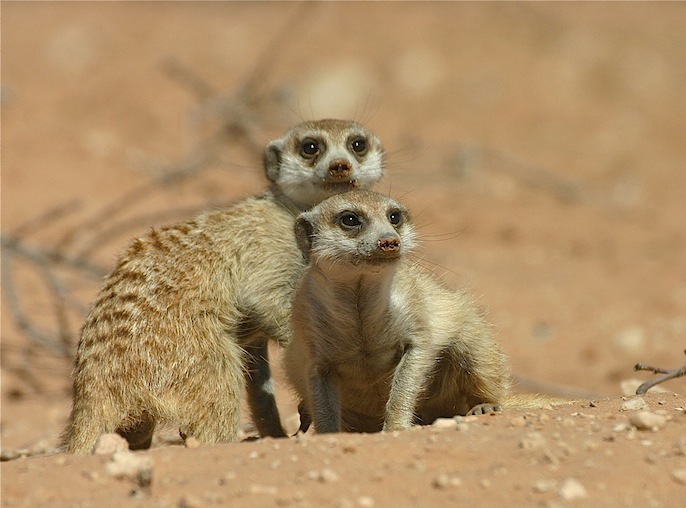
by ExFmem
Description
The meerkat’s body is slender, with a distinctly slim, tapering tail and long thin legs equipped with powerful claws. The face is pointed with a rounded forehead and dark eye patches and crescent-shaped ears. The fur is typically grizzled grey, tan or silvery-brown in colour, with dark, transverse bands sometimes visible across the back, and a characteristically black tail tip.
Length: 24 - 29 cm
Weight: 20 - 969 g
Biology
A highly sociable animal, the meerkat lives in groups of up to 50 individuals, usually comprising a dominant pair and helpers of both sexes. Being expert diggers, the members of a group sometimes excavate their own burrows, but frequently also appropriate or even share the burrows of other small mammals, such as ground squirrels. The burrow systems are typically elaborate, averaging about five metres in diameter, with approximately 15 entrances and several levels of tunnels extending down to a depth of 1.5 metres. Furthermore the home range of each group may comprise as many as 65 different burrows created within a single year and spread out over an area of around 3 square kilometres. To mark this territory and deter intuders, the vicinity of the burrows is marked with faeces and secretions from anal glands.
Emerging with the early morning sun, the members of the group initially gather together at their sleeping burrow in their distinctive upright posture to bask and groom. When all are present, the group sets off to forage. While the meerkat’s diet is comprised mainly of insects and other invertebrates, which are typically dug up from the ground, meerkats will also kill small vertebrates and take eggs and plant matter. The group members forage individually, but visual and vocal contact is maintained at all times. In addition, most of the time, one or more members of the group will act as a sentry, standing on its hindlegs atop an exposed vantage point, such as a mound or a bush, where it can keep a lookout for predators. The sentries remain at their posts for over an hour at a time, and with the aid of an extensive vocal repertoire, regularly alert the group to potential dangers on the ground or in the air. For instance, sharp barks or growls usually denote an urgent threat such as a raptor, and result in the other members of the group scurrying rapidly to the nearest hole.
In each group, the dominant male and female are usually the only ones to successfully breed, but very occasionally subordinate females will reproduce and subordinate males temporarily leave their group to attempt to mate with females in other groups. Copulation is followed by a gestation period lasting approximately 11 weeks, after which two to five young are born below ground. Meerkats are cooperative breeders, which means that non-breeding adults assist in the care of young. The pups remain in the burrow for three weeks, where they are ‘babysat’ by helpers. At four weeks of age, the pups begin to travel with the group on foraging bouts, and for the first three months are fed by the helpers, whilst also being taught how to catch their own food. The meerkat matures at around one year of age, and at around 18 to 30 months of age, males will voluntary disperse, to form a new group with unrelated females, or replace a dominant male in another group. Whilst females will never immigrate into an existing group, subordinates are often evicted during the latter stages of the dominant female’s pregnancy, whereupon they either form new groups with unrelated males, or rejoin their own group after the dominant female has given birth.
Range
The meerkat is widely distributed in southern Africa, from extreme southwest Angola, through much of Namibia and Botswana, into north and west South Africa.
Habitat
Inhabits dry, open country characterised by short grass and sparse woody scrub.


by Mel

by nan

by Duke
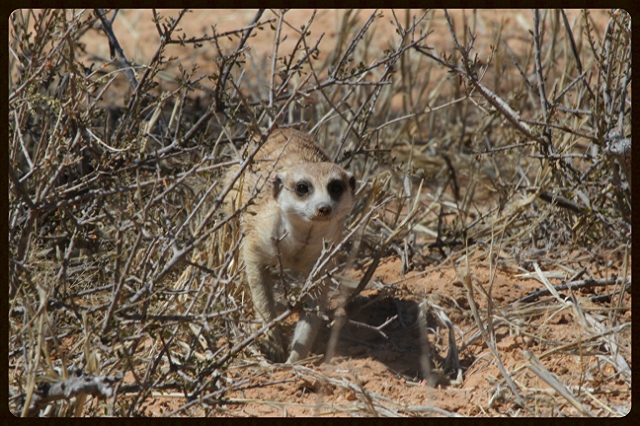
by Tina
near Gemsbokplein September 2012
by Lisbeth
Nov. 2017 in lots of places!

(c) Dindingwe
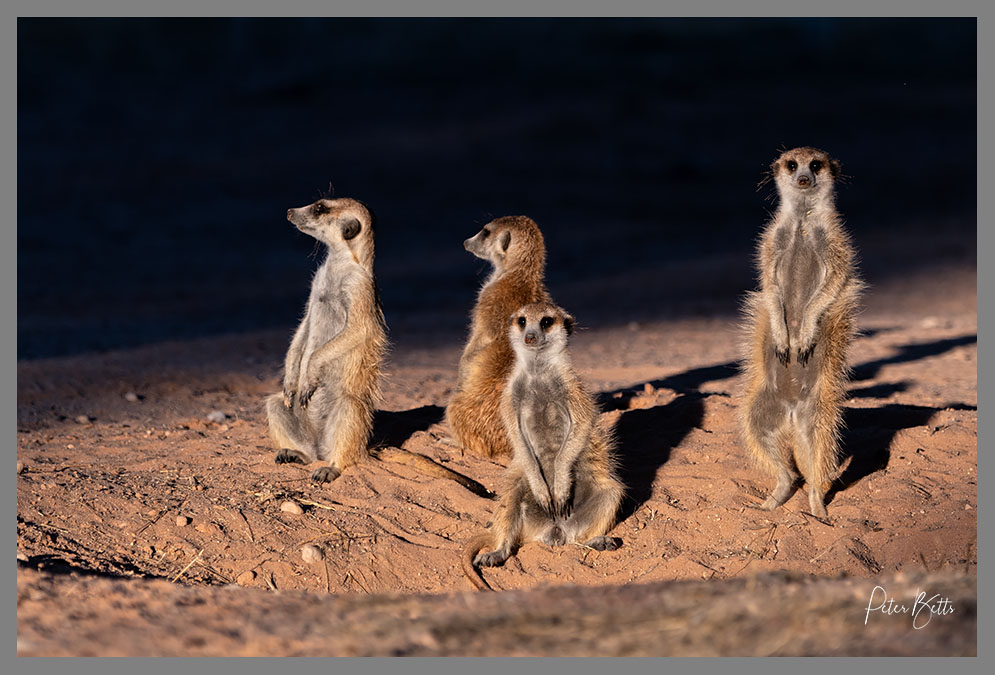
by Peter Betts
Links:
ADW,
Wikipedia,
ARKive
 by Mel
by Mel by Duke
by Duke by nan
by nan by ExFmem
by ExFmem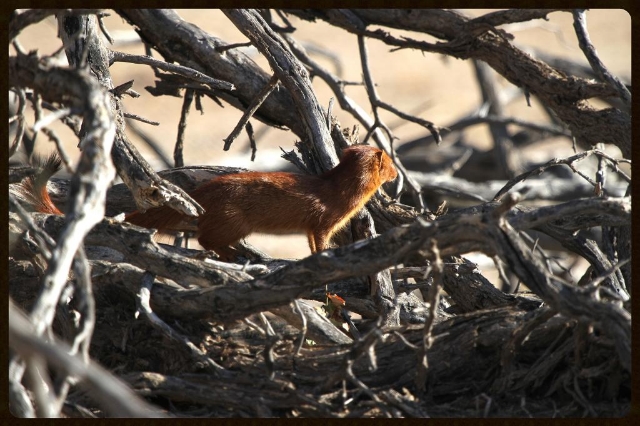 by Tina
by Tina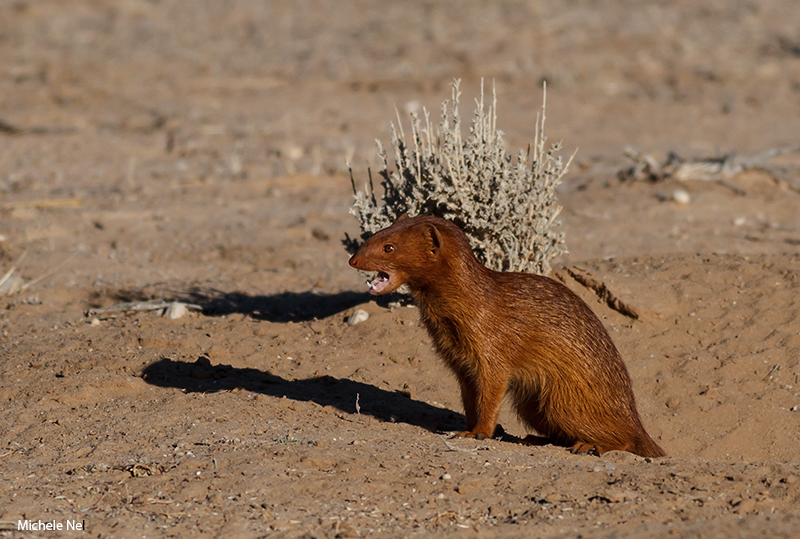 by Michele Nel
by Michele Nel


 by Mel
by Mel by Toko
by Toko by nan
by nan by Lisbeth
by Lisbeth by Duke
by Duke by Duke
by Duke by ExFmem
by ExFmem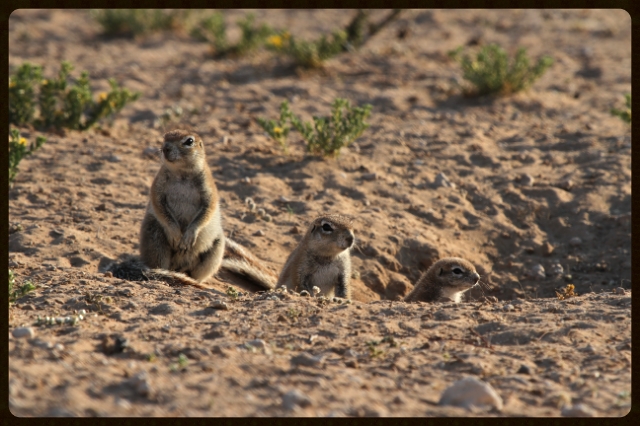


 by Mel
by Mel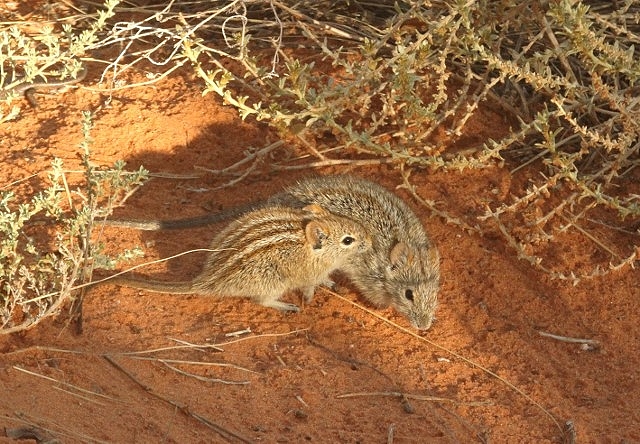 by nan
by nan by ExFmem
by ExFmem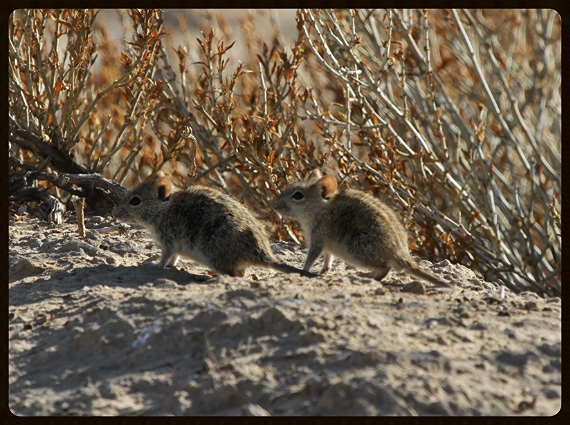 by Tina
by Tina by ExFmem
by ExFmem
 by Mel
by Mel by nan
by nan by Duke
by Duke by Tina
by Tina
 by Mel
by Mel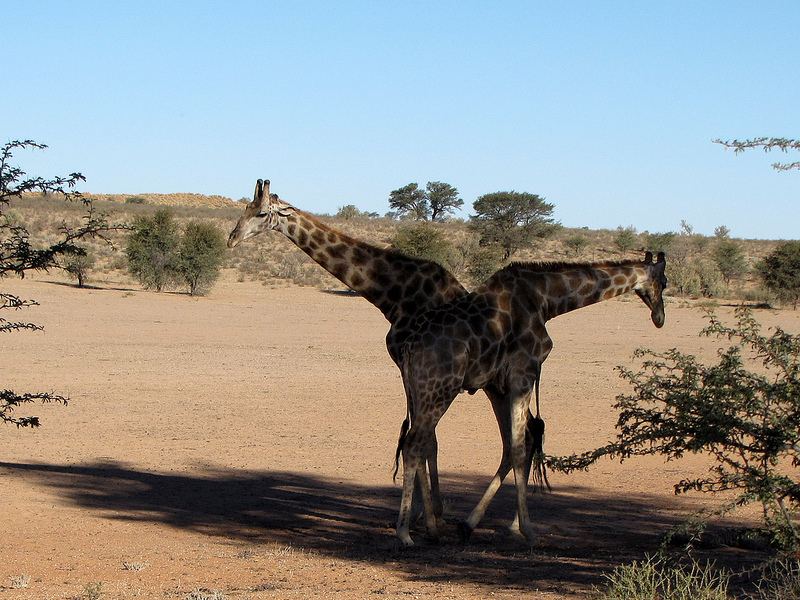 by Lisbeth
by Lisbeth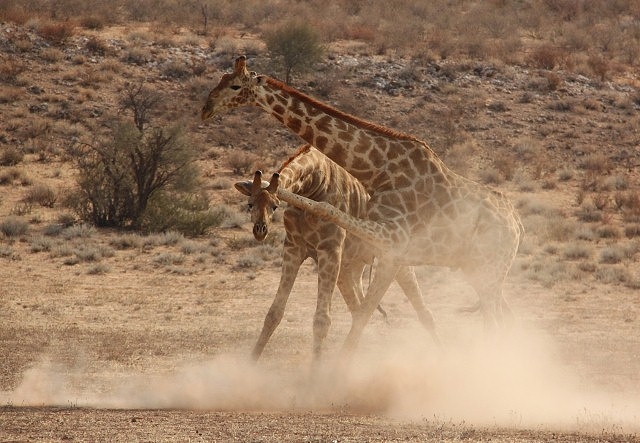 by nan
by nan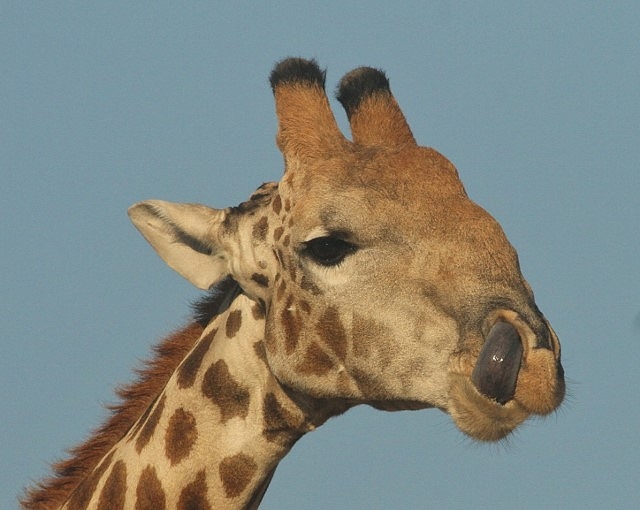 by nan
by nan by Duke
by Duke by ExFmem
by ExFmem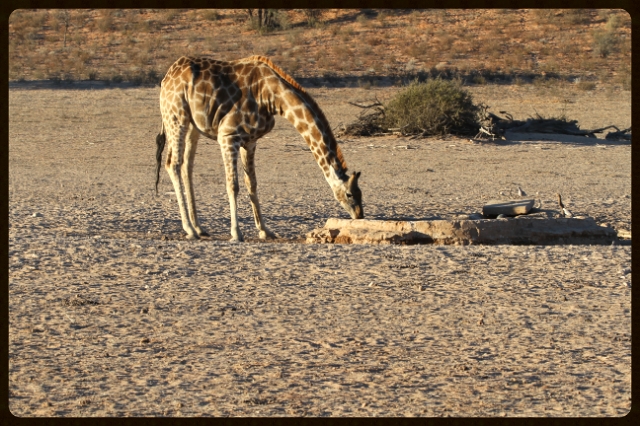 by Tina
by Tina


 by Mel
by Mel by ExFmem
by ExFmem by Duke
by Duke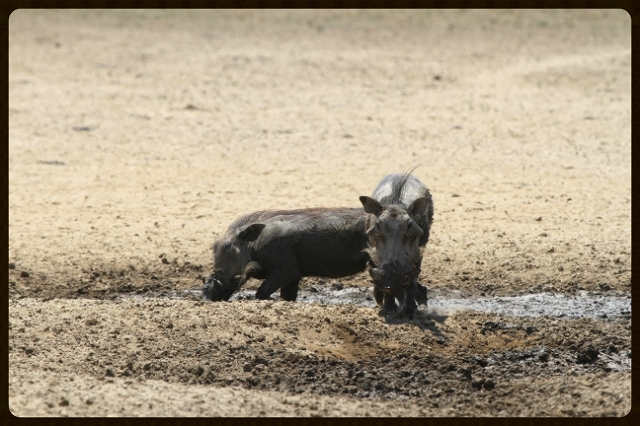

 by Mel
by Mel by Duke
by Duke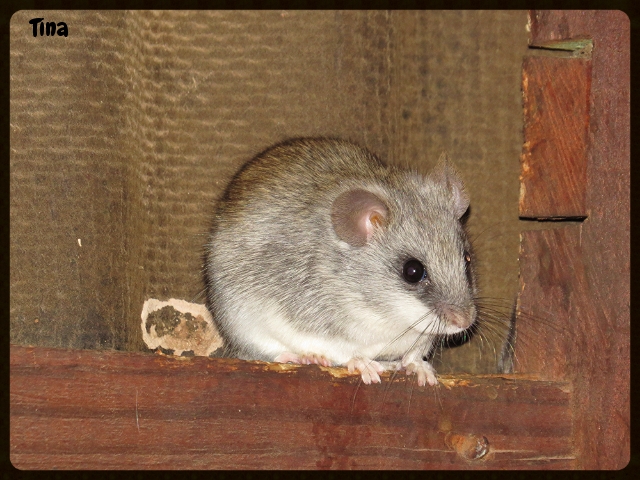 by Tina
by Tina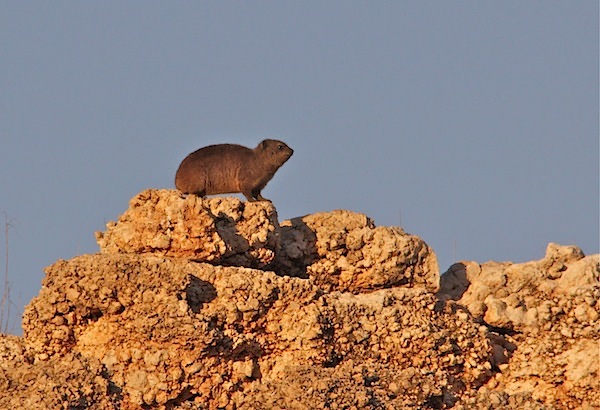 Oct. 9,2011
Oct. 9,2011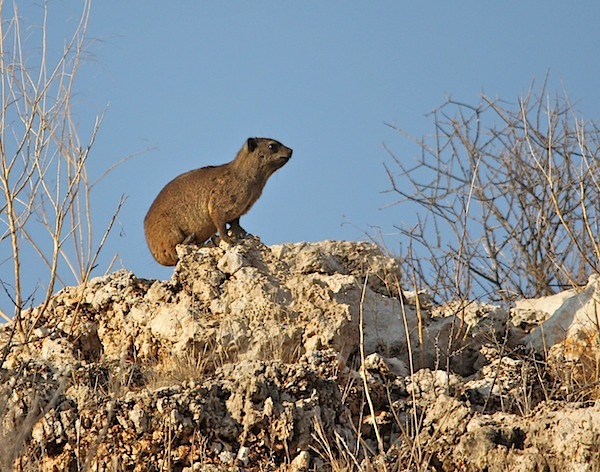 Oct. 30, 2011
Oct. 30, 2011
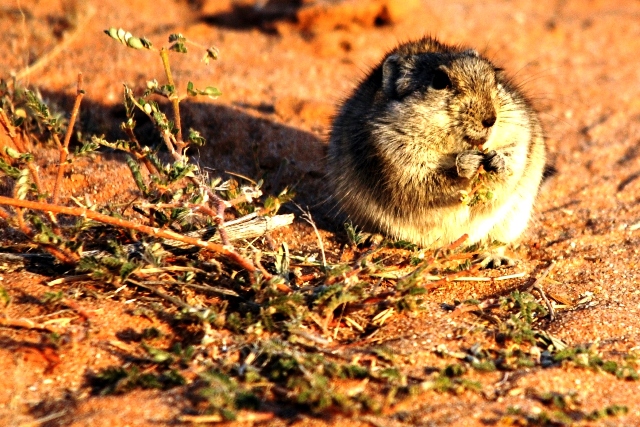 by Mel
by Mel Out of focus
Out of focus  by nan
by nan by Tina
by Tina
 by Mel
by Mel by Michele Nel
by Michele Nel by nan
by nan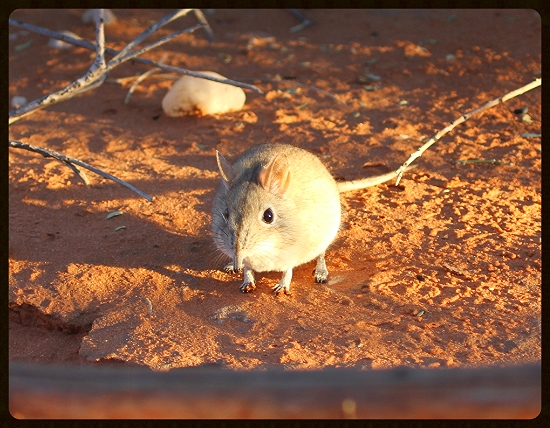 by Tina
by Tina